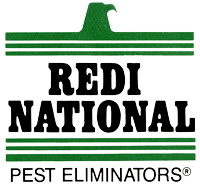How Does Pest Control Differ in Urban vs. Rural Settings?
Pest control is an essential aspect of maintaining health, safety, and overall quality of life, whether one resides in a bustling urban environment or a serene rural setting. However, the strategies and challenges associated with pest management can vary significantly between these two distinct landscapes. Understanding these differences is critical for effectively addressing pest-related issues…
